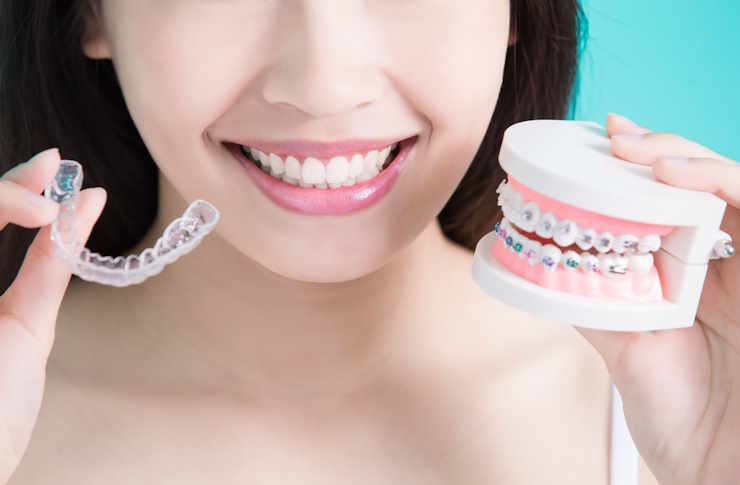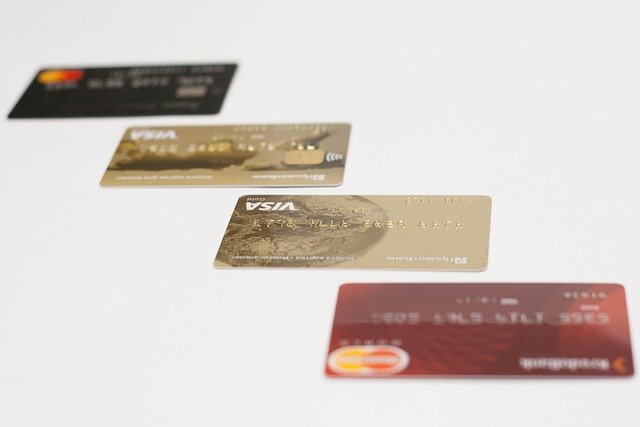Maintaining Straight Teeth with Retainers and Stabilization Clips
Keeping teeth straight after orthodontic treatment is an ongoing process that continues long after the brackets or clear aligners come off. Retainers and stabilization clips play an important role in holding teeth in their new positions and reducing the risk of shifting. Understanding how these tools work and how to care for them helps protect the time and effort invested in a healthier smile.

Keeping teeth straight after orthodontic care involves more than enjoying the moment when braces or aligners are removed. The bone and gums around your teeth need time to adapt to their new positions, and without the right support, teeth can slowly move back toward their original alignment. Retainers and various stabilization clips are key tools that help maintain the results of treatment and support long term oral health.
This article is for informational purposes only and should not be considered medical advice. Please consult a qualified healthcare professional for personalized guidance and treatment.
How dental retainers keep teeth aligned
Dental retainers are custom made appliances designed to hold teeth in place after active orthodontic treatment. When braces or clear aligners are removed, the supporting bone is still relatively soft and adaptable. Retainers provide gentle, steady support so the bone can harden around the new tooth positions, which helps reduce the risk of relapse over time.
There are two main categories of dental retainers. Removable retainers, such as clear plastic trays or acrylic appliances with a wire, can be taken out for eating and cleaning. Fixed retainers, often called bonded retainers, are thin wires attached behind the front teeth. In the United States, many orthodontic teams recommend wearing removable retainers full time for a period, then gradually shifting to nighttime use. Following the specific schedule given by your provider in your area is important for long term stability.
Understanding teeth alignment tools
The term teeth alignment tools covers a variety of devices used to move or support teeth before, during, and after orthodontic treatment. These tools include retainers, elastics, springs, clear aligner trays, and small clips or attachments. Each has a specific purpose and is selected by a dental professional based on your bite, jaw position, and treatment plan.
For people who have already completed active treatment, alignment tools are mostly focused on holding teeth steady and making minor fine tuning adjustments if needed. For example, a provider might use a short course of aligner trays or a specialized retainer to correct small rotations or close tiny spaces that appear after braces. In every case, these tools should be prescribed, fitted, and checked by a qualified professional rather than purchased or adjusted on your own.
The role of dental braces clips
Dental braces clips are small components that help hold an archwire in place on the brackets during active orthodontic treatment. In traditional braces, small elastic bands or metal ties attach the wire to the brackets. In self ligating systems, built in clips open and close over the wire instead of using separate ties. These clips control how the wire interacts with each tooth, guiding movement over time.
While active braces may be finished, understanding braces clips remains useful when thinking about long term stability. The movements created by wires and clips are what led to the final alignment that you want to preserve. If a tooth begins to drift, your provider might temporarily reapply a bracket, wire, and clip system to guide it back into position. This is usually a short phase compared with the original treatment but still relies on professional placement and monitoring to avoid unwanted tooth movement or root stress.
Using tooth stabilization clips safely
Tooth stabilization clips is a broad term that can refer to small devices used to hold teeth in place temporarily during or after orthodontic work. These might include metal or plastic clips that secure a wire, connect a retainer to specific teeth, or provide extra support during bonding procedures. In every case, they are designed to work together with other appliances under the direction of a dental professional.
It can be tempting to look for home use clips or do it yourself gadgets promoted online. However, placing pressure on teeth without proper training can create problems such as gum irritation, unwanted tooth movement, or damage to enamel. Safe use of stabilization clips involves appropriate design, correct placement, and regular monitoring in a clinical setting. If you feel that your teeth are shifting, the safest step is to schedule an evaluation rather than attempt to fix the issue with unapproved tools.
Daily care for retainers and stabilization devices
Proper care of your retainers and any stabilization clips helps protect both your teeth and the appliances themselves. Removable retainers should generally be rinsed with cool water after use and cleaned with a soft toothbrush. Very hot water can warp plastic retainers, so room temperature or slightly warm water is safer. Many providers in the United States recommend specialized retainer cleaning solutions instead of regular toothpaste, which can be abrasive.
Fixed retainers and attached clips require careful brushing and flossing around the wire. Threaders or small interdental brushes can help remove plaque from tight spaces. Storing removable retainers in a protective case when not in use reduces the chance of damage or loss. If a wire breaks, a clip loosens, or a retainer no longer fits comfortably, contacting a local provider promptly helps prevent small issues from turning into larger alignment problems.
Long term stability and regular checkups
Maintaining straight teeth is an ongoing process. Even years after braces or aligners, factors such as aging, jaw changes, or nighttime clenching can influence tooth position. Wearing retainers as directed, attending regular checkups, and reporting any shifting or discomfort early are key steps to preserving alignment.
Retainers, teeth alignment tools, braces clips, and tooth stabilization clips each play a specific role in guiding and protecting your smile. Used under professional supervision and cared for consistently at home, these devices support both appearance and function, helping you keep the results of treatment stable over the long term.




